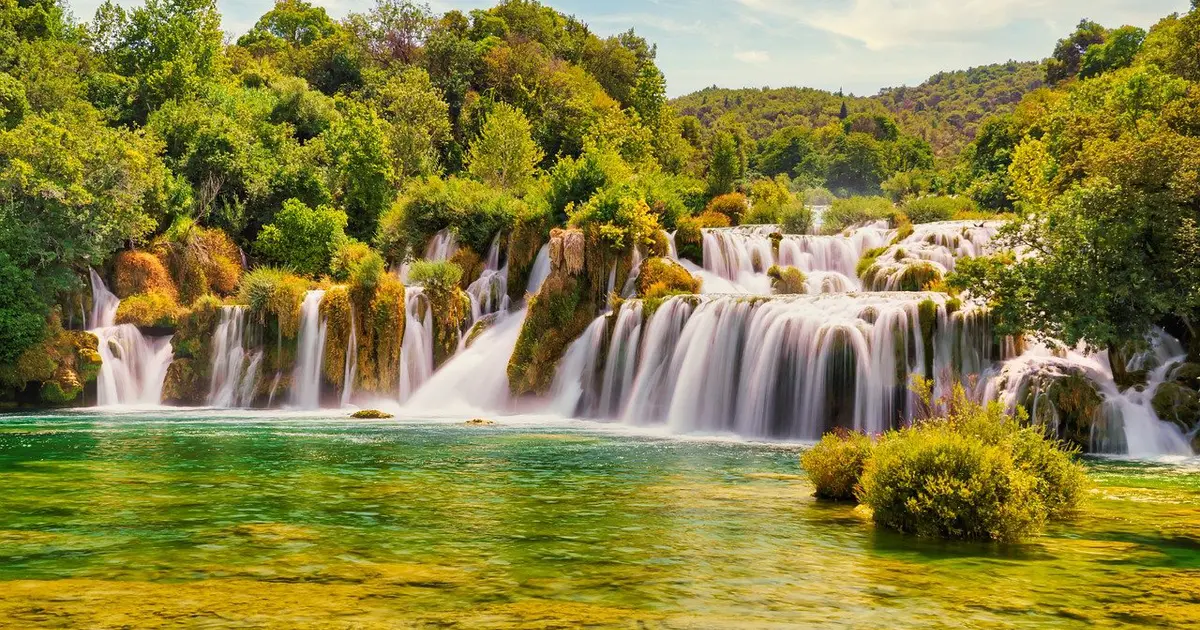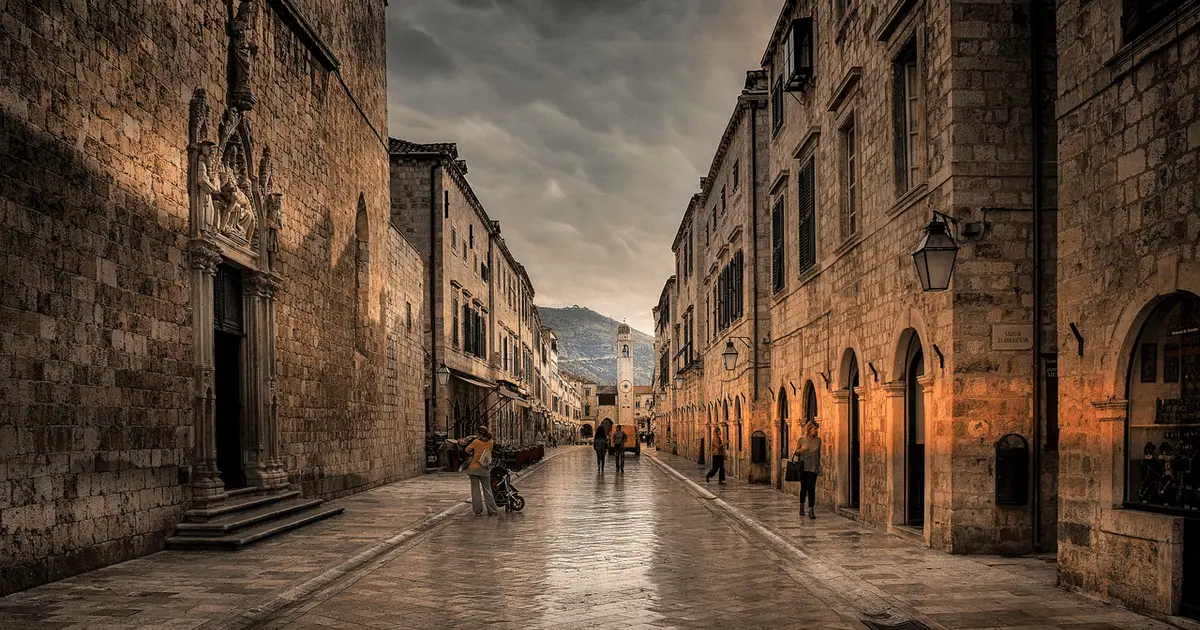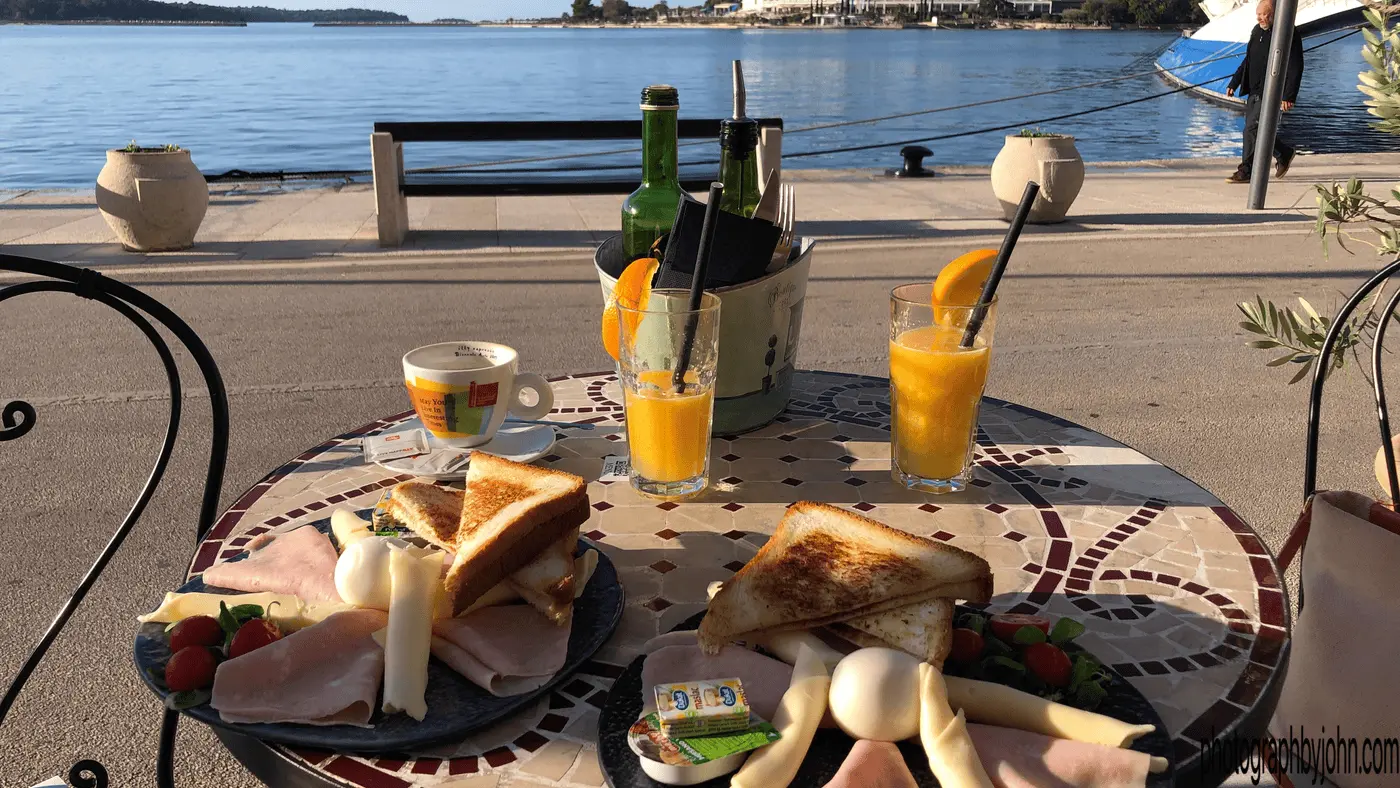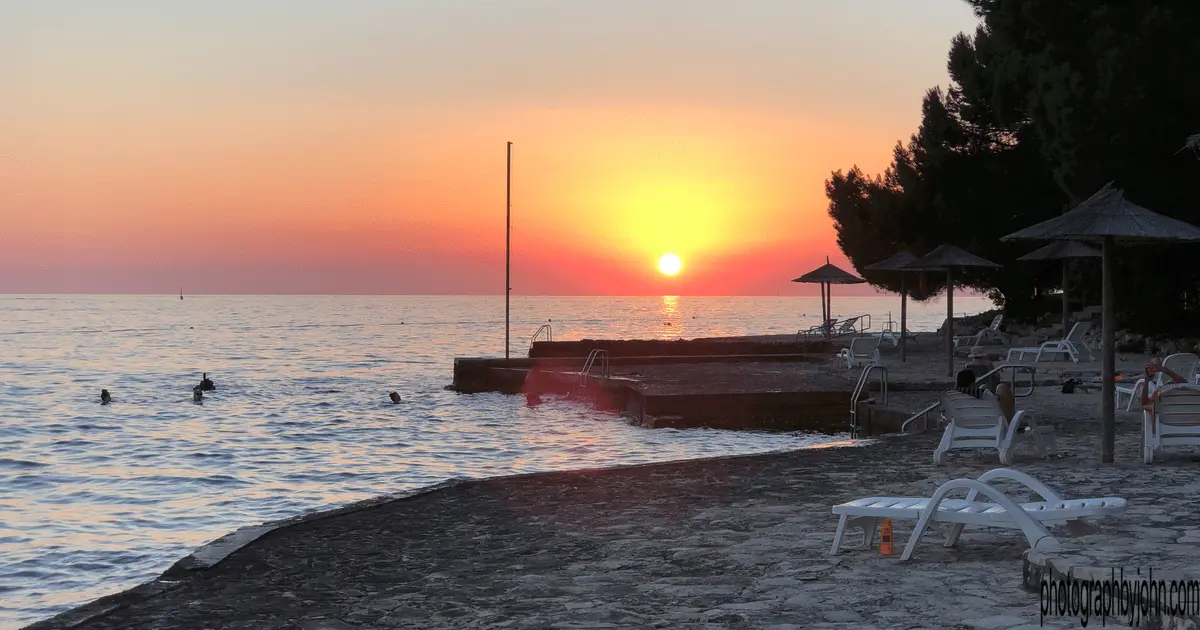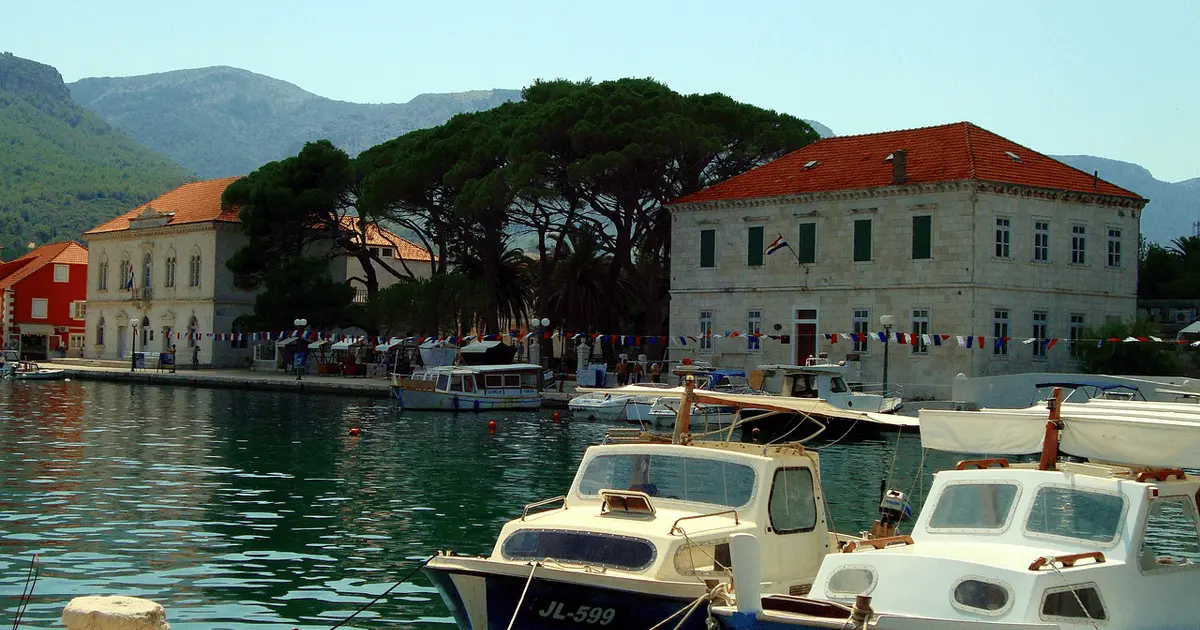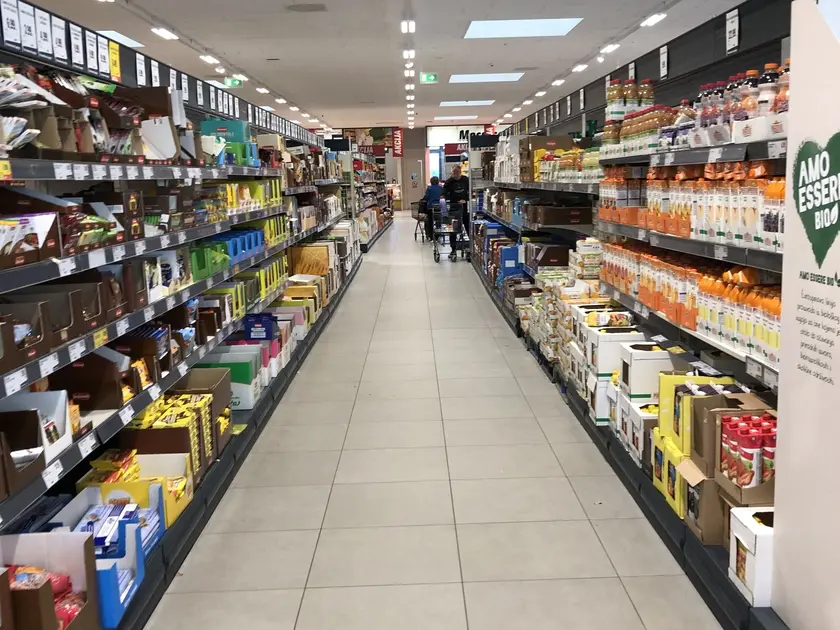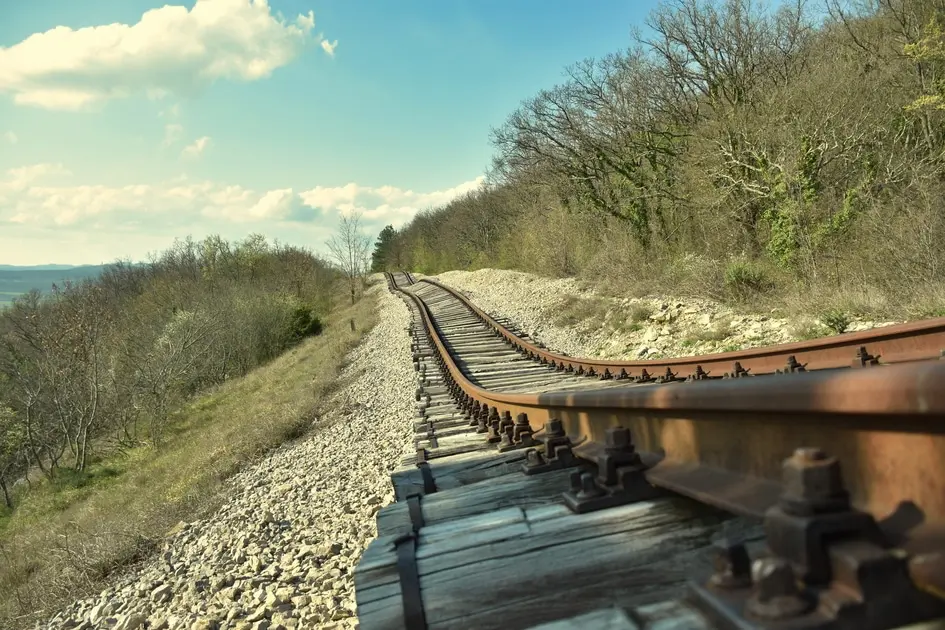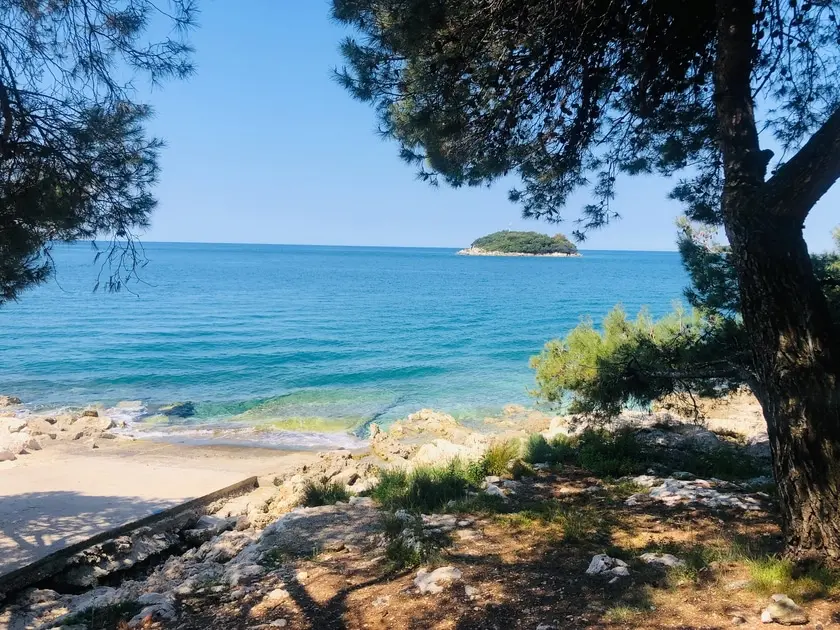Inflation from 2020 to 2024 and Its Impact on Tourism
The years 2020 through 2024 have presented a unique set of challenges for the global economy, not least of which is the significant issue of inflation. This blog post seeks to delve into the intricacies of this economic trend, exploring its implications on the multifaceted world of tourism. We will delve into historical sites, outdoor activities, local cuisine, and accommodation options. Our journey will be guided by real insights, stories, and examples, avoiding generic texts to offer you a genuine perspective on the topic at hand.
Inflation: A Brief Overview
Inflation is an economic term describing a general increase in prices and fall in the purchasing power of money. It’s a phenomenon that can be attributed to numerous factors, including government policies, production costs, and demand-supply dynamics.
From 2020 to 2024, the world has experienced substantial inflation rates, largely due to the economic effects of the COVID-19 pandemic and subsequent recovery efforts. This inflationary period is anticipated to have far-reaching implications on various sectors, including tourism.
Tourism: An Economic Powerhouse
Tourism is a significant contributor to economies worldwide, accounting for about 10% of global GDP. It is an industry characterized by its dynamic nature and resilience, capable of surviving and even thriving despite economic turbulence. But how does inflation impact this economic behemoth?
Inflation affects tourism in several ways. Firstly, it impacts the cost of travel, with higher inflation rates translating to more expensive flights, accommodation, and other travel-related expenses. Secondly, it influences the value of currencies, which subsequently affects the purchasing power of tourists.
Historical Sites: Preserving Our Heritage Amid Inflation
Historical sites are integral to the tourism industry, offering a glimpse into the past and enriching our understanding of different cultures. For example, the Colosseum in Rome, Italy (41.8902° N, 12.4922° E) continues to attract millions of tourists each year despite the challenges posed by inflation.
While inflation increases maintenance and preservation costs for these sites, it also presents an opportunity for innovation. Many historical sites have turned to technology, offering virtual tours that allow visitors to experience these wonders from the comfort of their homes. This trend is expected to continue even beyond 2024, reshaping the way we experience history.
Outdoor Activities: Venturing into the Great Outdoors
Outdoor activities are another vital aspect of tourism. From hiking in the Grand Canyon (36.1069° N, 112.1129° W) to snorkeling in the Great Barrier Reef (18.2871° S, 147.6992° E), these experiences offer a unique blend of adventure and natural beauty.
Inflation has stirred a shift in this sector, with tourists increasingly seeking cost-effective alternatives like camping and backpacking. Additionally, many outdoor activity providers have begun offering group packages to share costs among participants, creating a more affordable and socially engaging experience.
Local Cuisine: A Taste of Culture
Local cuisine is more than just food; it’s an expression of cultural identity. Places like Paris, France (48.8566° N, 2.3522° E), famous for its culinary scene, illustrate how local cuisine can significantly contribute to a region’s tourism appeal.
Inflation, however, has affected the cost of ingredients and dining experiences. In response, many restaurants and food vendors have started focusing on locally sourced ingredients, promoting sustainability and authenticity while keeping costs down. This approach not only offers a unique culinary experience but also supports local farmers and suppliers.
Accommodations: A Home Away from Home
Accommodations form a significant portion of travel expenses, and inflation has undeniably impacted this sector. Rising costs have prompted shifts in consumer behavior, with travelers increasingly opting for vacation rentals and budget hotels.
In response, many accommodation providers have adapted their offerings to cater to this trend. For instance, some hotels now offer long-stay discounts, while others have diversified their services to include co-working spaces, fitness facilities, and more.
Cultural Experiences: Engaging with Local Communities
Cultural experiences, from traditional performances to craft workshops, play a crucial role in enriching the tourism experience. However, inflation has made it more challenging for operators to continue offering these experiences at affordable prices.
Despite this, many cultural institutions and communities have found innovative ways to sustain their operations, such as crowdfunding campaigns or partnerships with local businesses. These strategies not only ensure the survival of these cultural experiences but also foster a sense of community and shared responsibility.
Conclusion
Inflation, while challenging, has sparked innovation and resilience within the tourism industry. From historical sites to cultural experiences, each sector has found unique ways to adapt and thrive. As we move forward into 2024 and beyond, the tourism industry’s ability to adapt to economic changes will continue to be tested.
However, one thing remains certain: tourism, with its rich tapestry of experiences, will continue to captivate and inspire us, no matter the economic climate.
So, whether you’re planning a trip to a historical site or looking to indulge in local cuisine, remember that every dollar spent contributes to the resilience and vibrancy of the global tourism industry. And as always, happy traveling!
Remember: This blog post is meant to offer a general overview of the topic. For specific financial advice tailored to your situation, please consult a professional financial advisor.
Would You Like to Support Me?
❤️❤️❤️ Would You Like to Support Me? ❤️❤️❤️ If you enjoy this content and would like to support my efforts in creating more free prompts and articles, you can do so at Patreon.com. Your support is greatly appreciated and will enable me to continue providing valuable content. Thank you!
